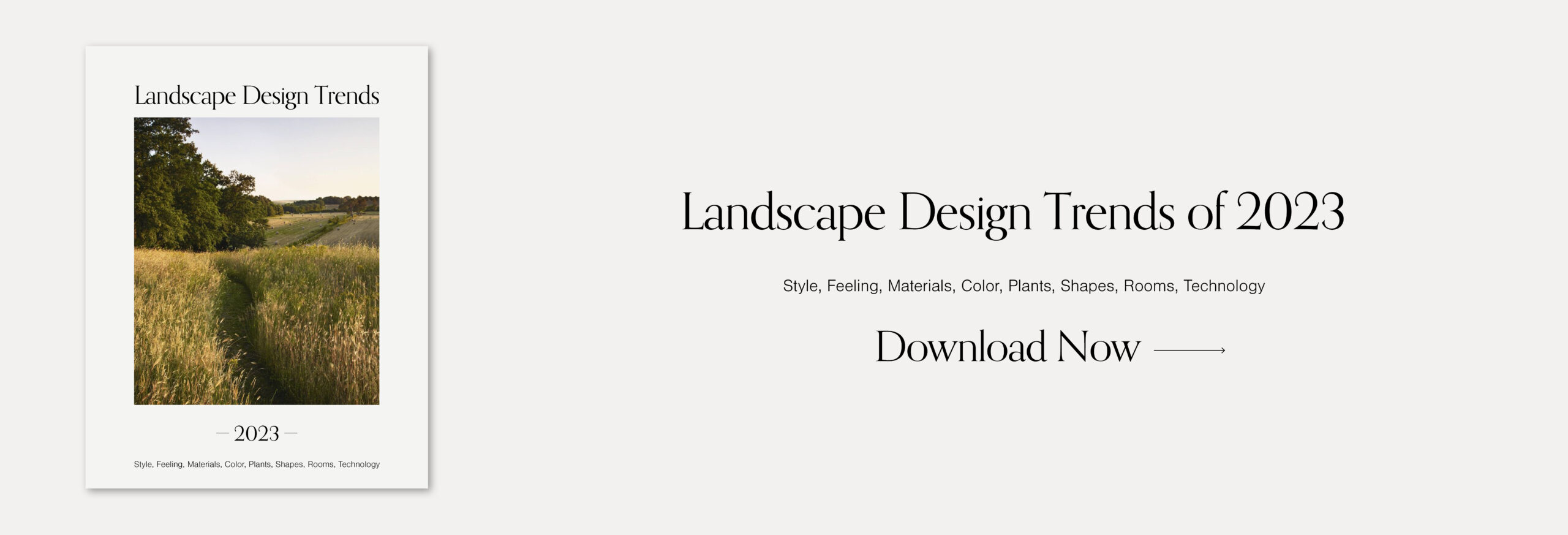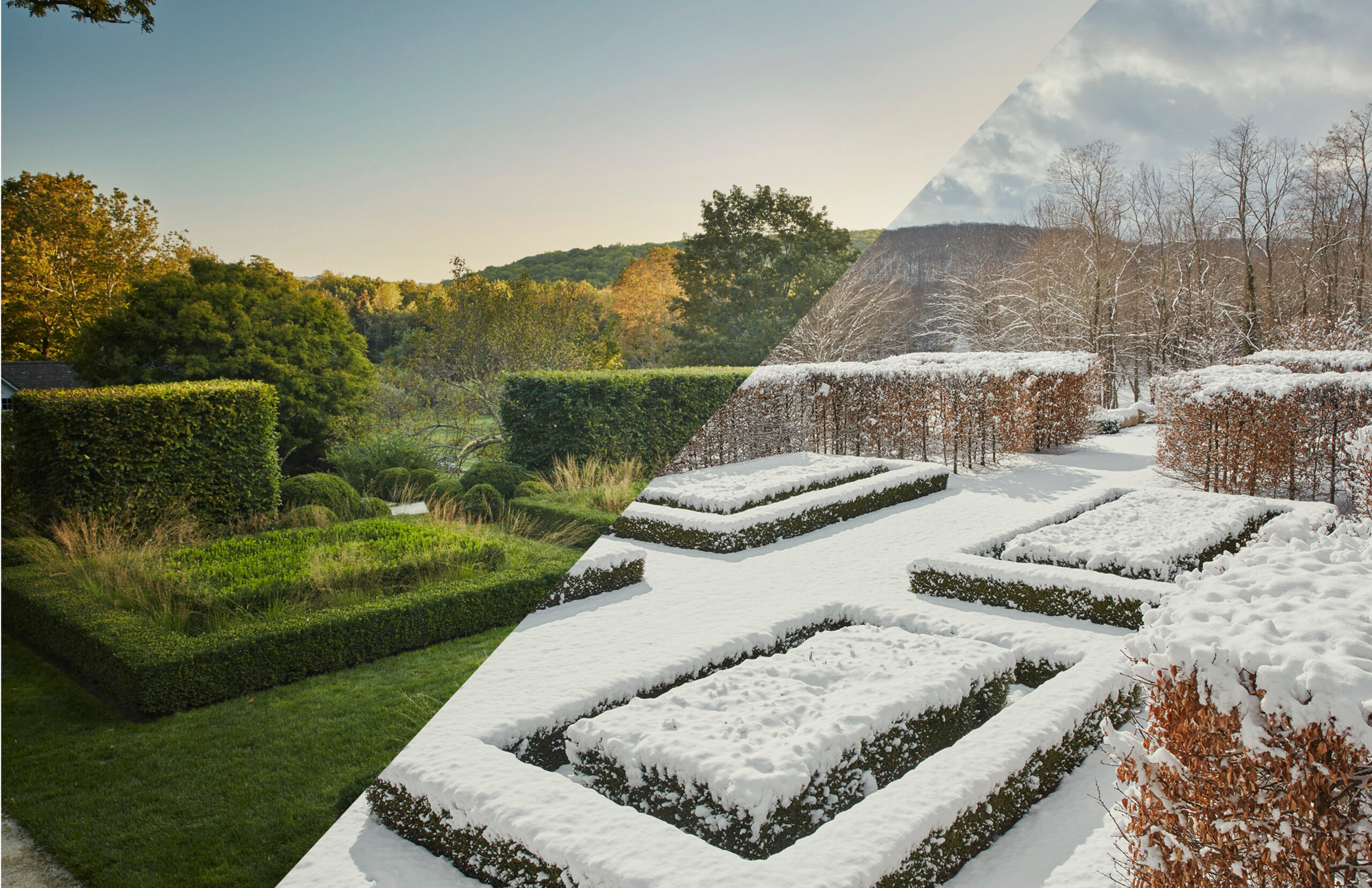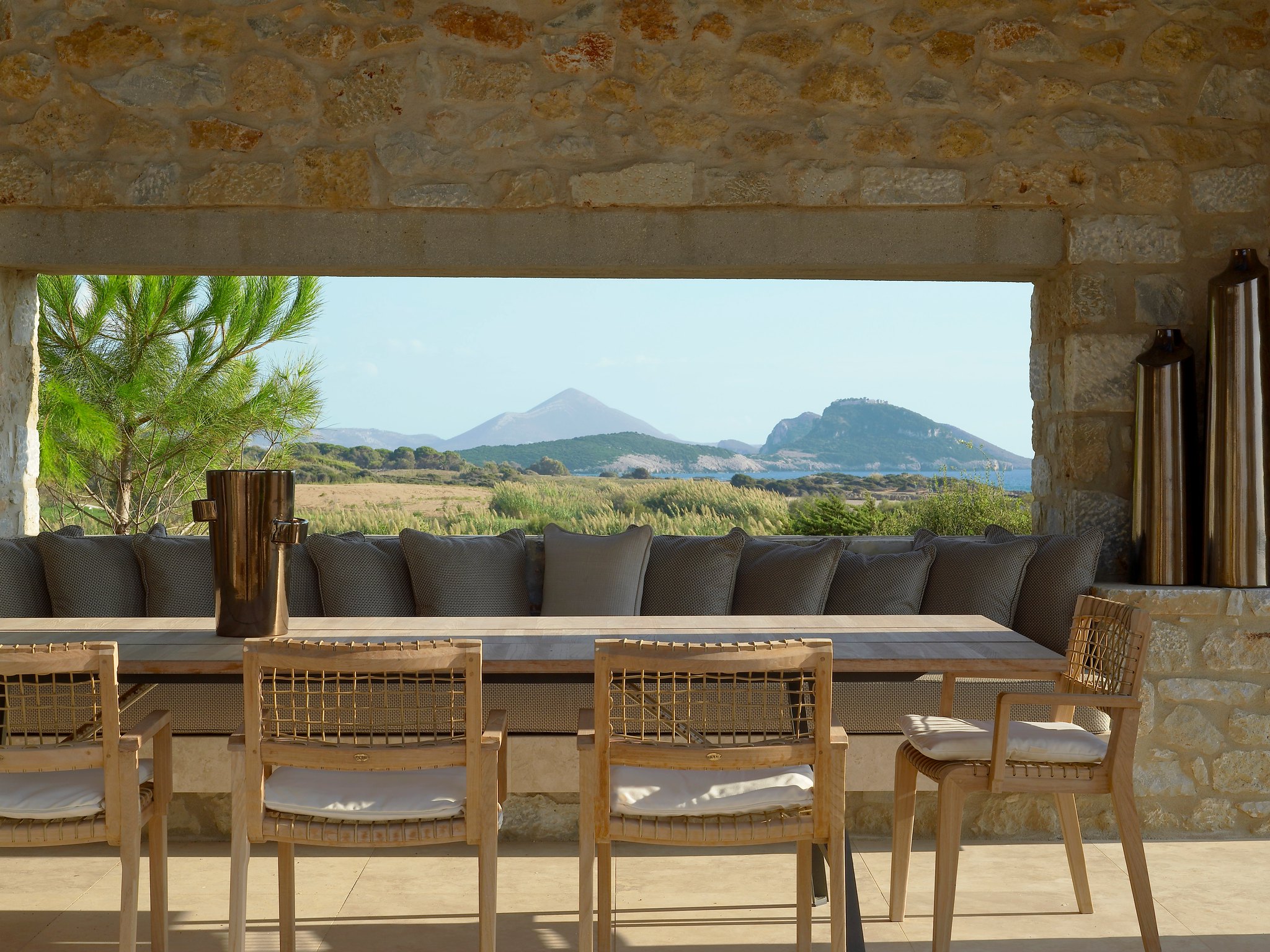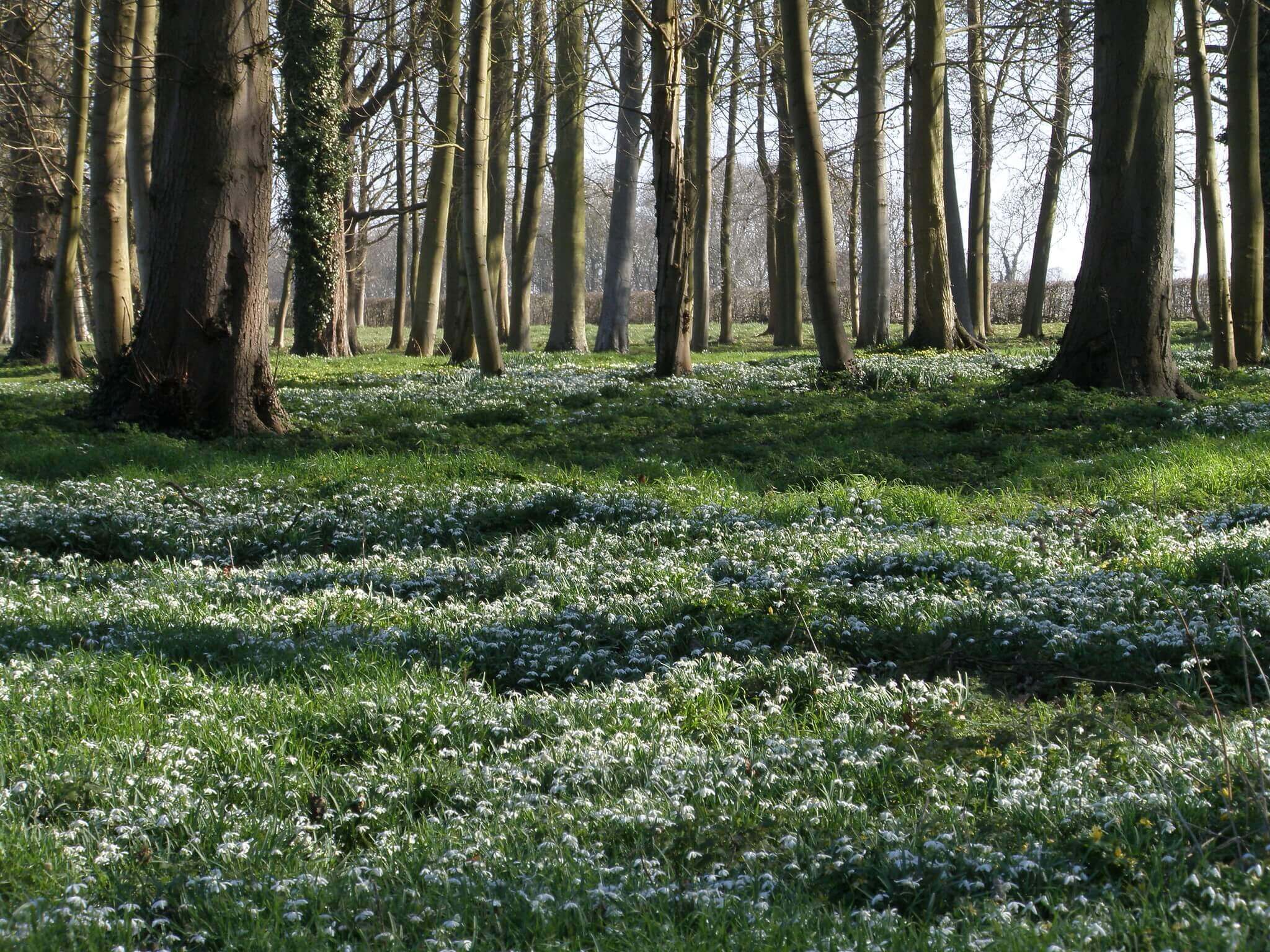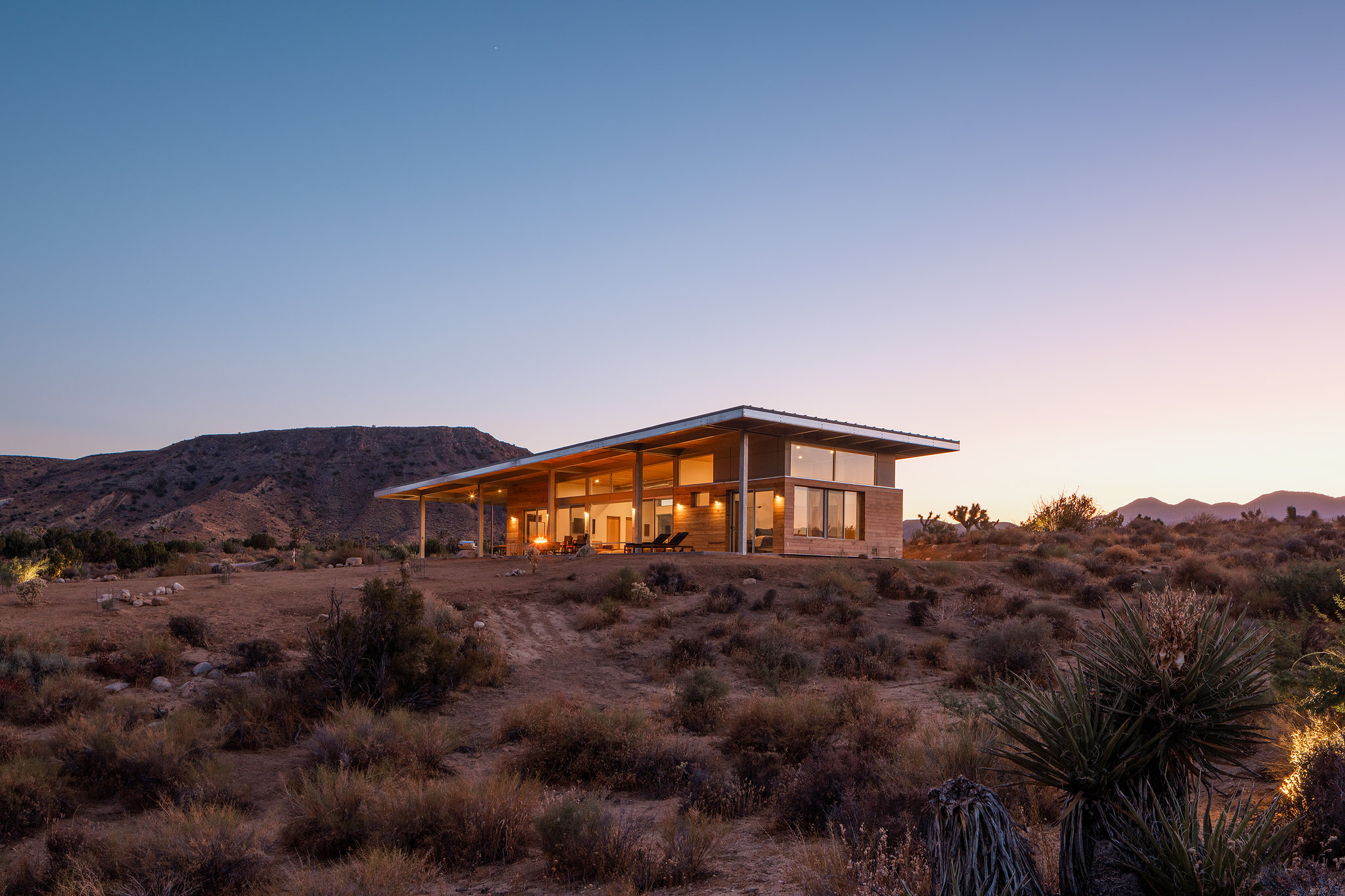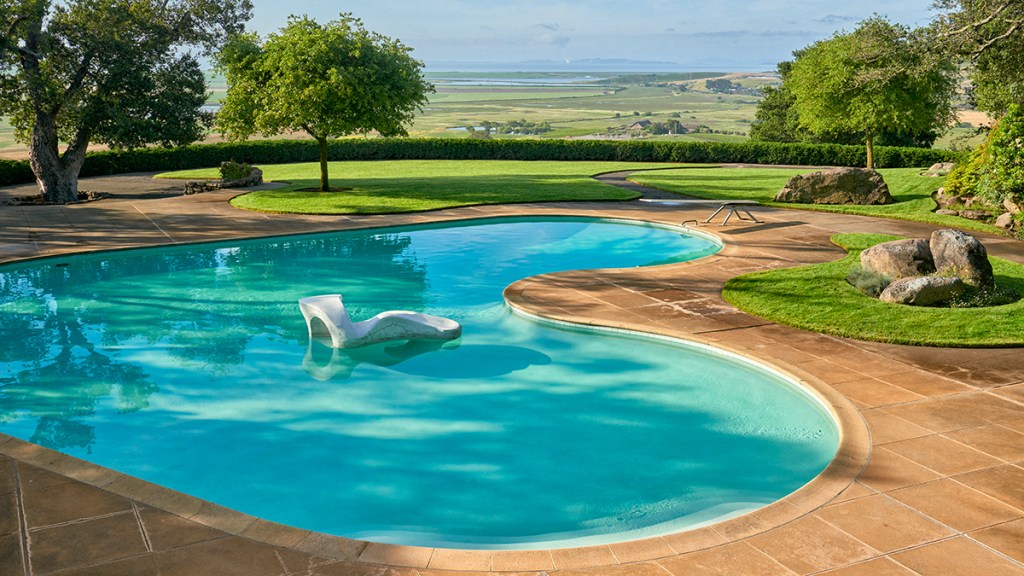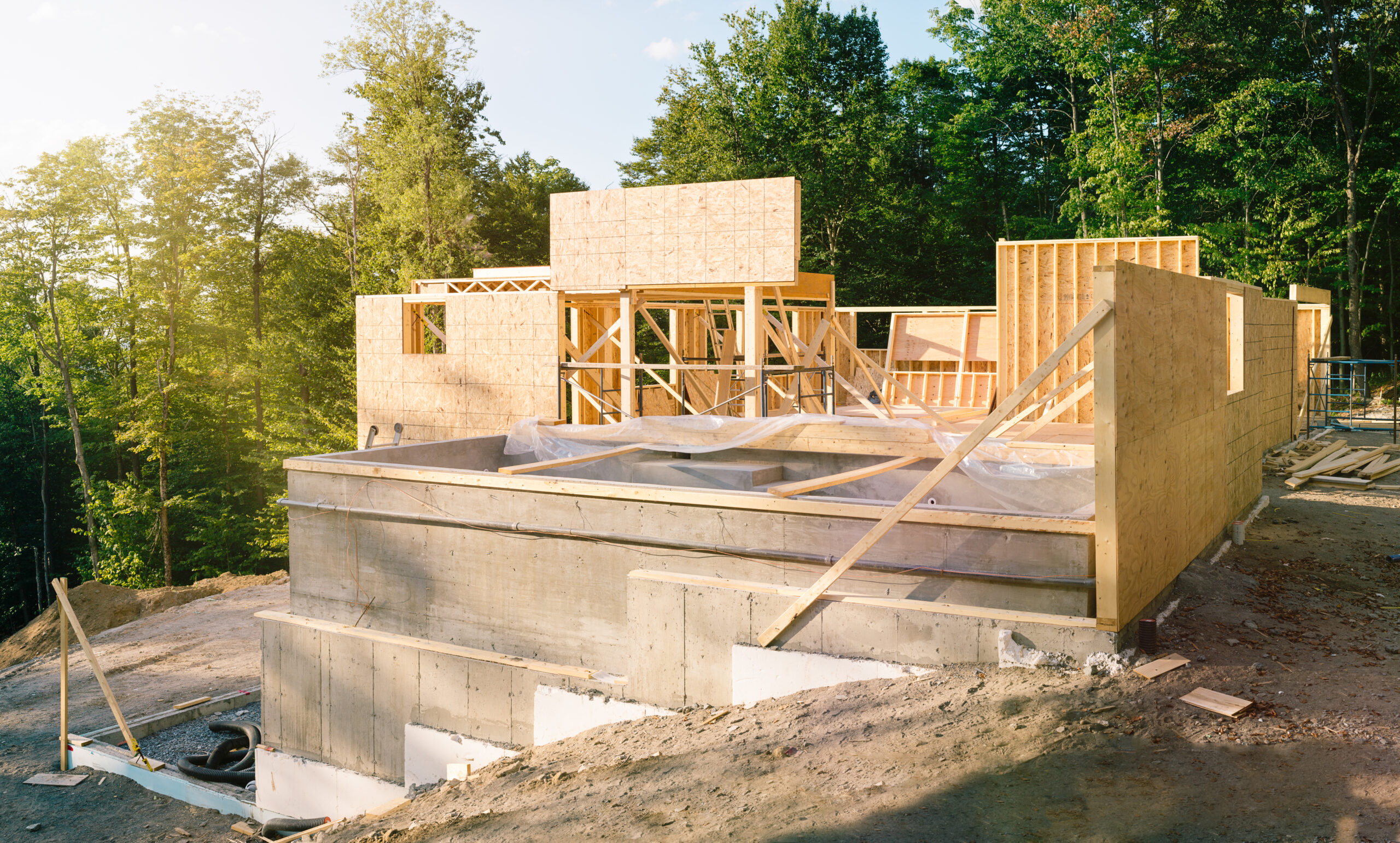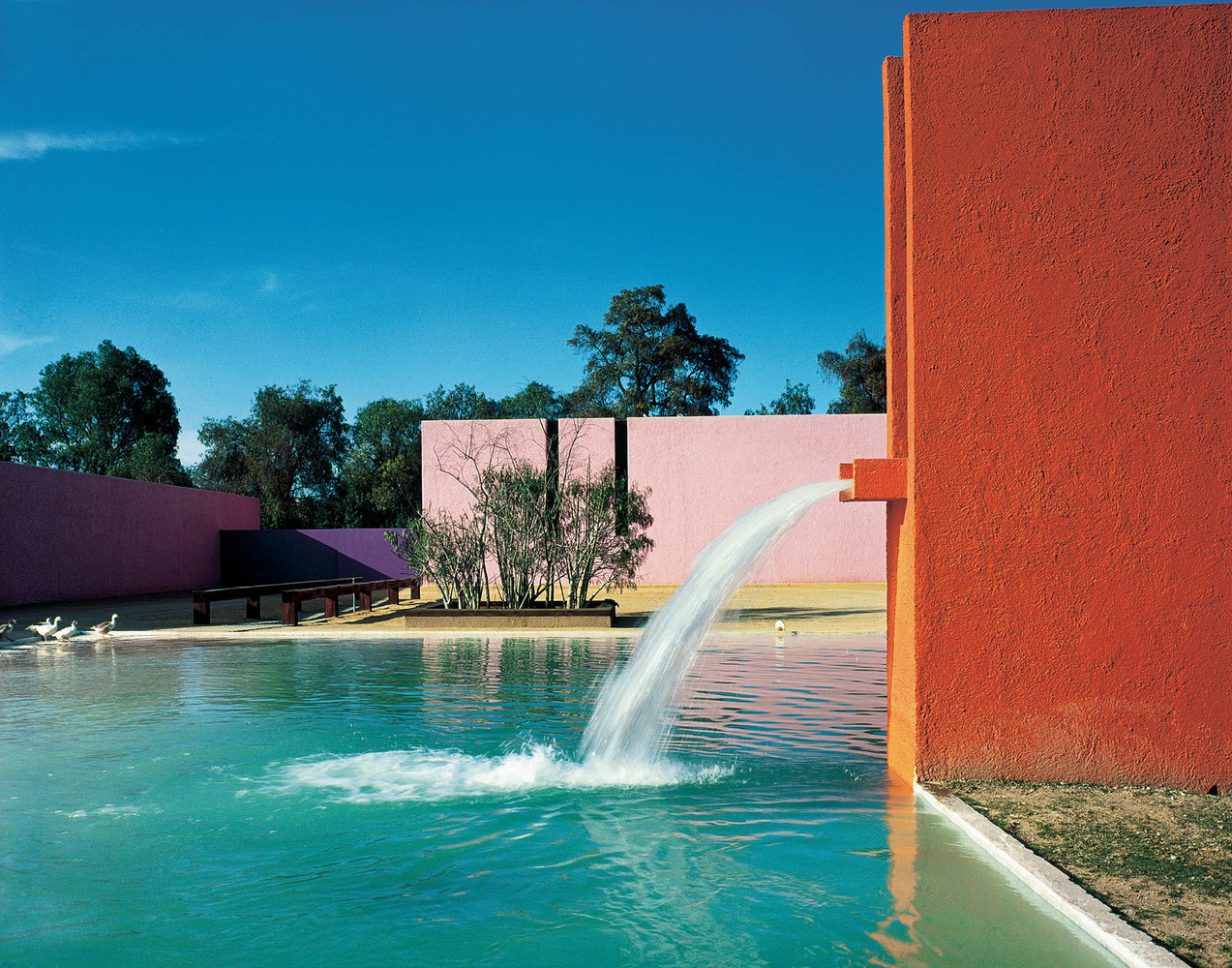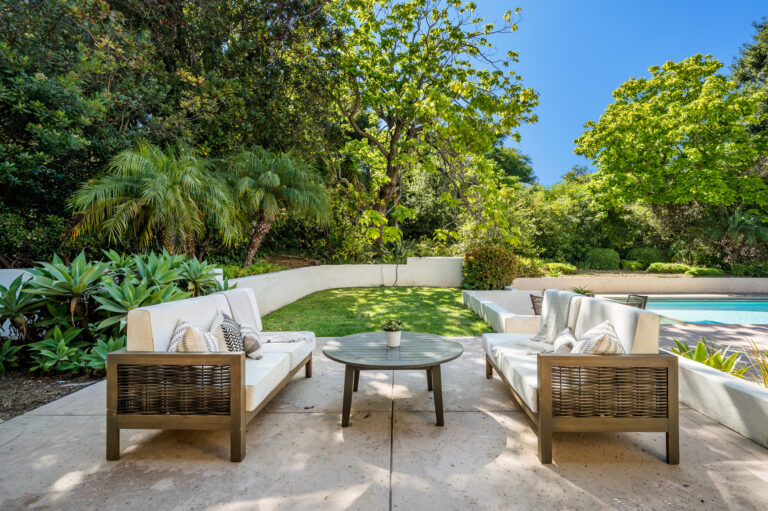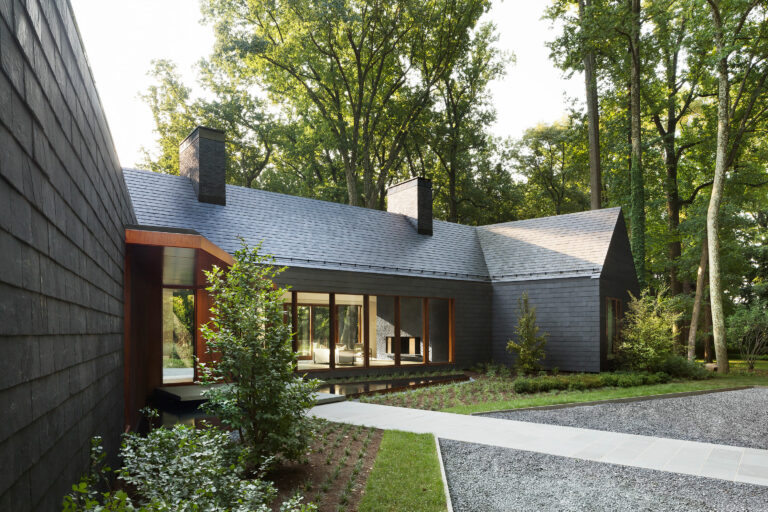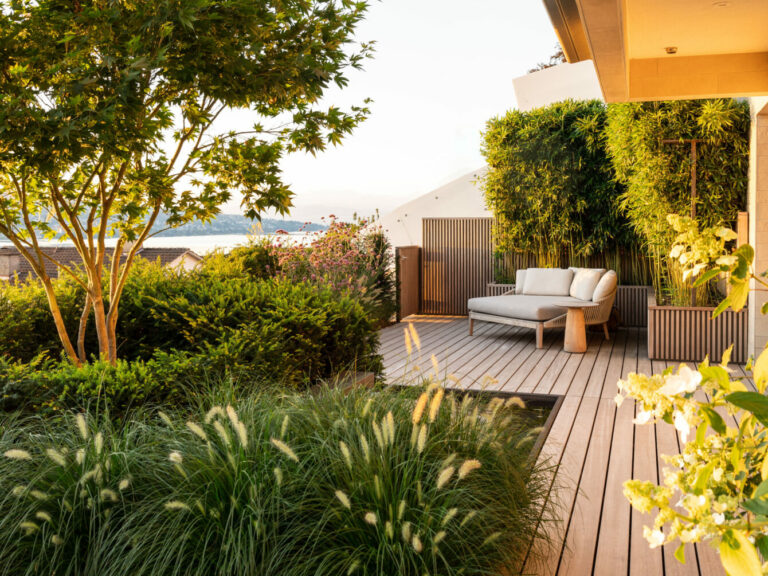A well designed and constructed outdoor wood deck can easily be the focal point of a backyard, but an outdoor deck must be built with durability and longevity in mind.
The intended use of a deck can influence and guide the selection of materials used for the deck boards. Deck boards are what make-up the usable space on a deck and are installed directly on the structural frame.
Deck materials are dependent on the intended use of the deck. For example, if a deck is to be used for routine dinner parties, then the decking material should be highly durable to withstand heavy foot traffic and continuous movement of chairs.
If a deck is to be used for small family gatherings the deck boards do not have to be as robust and durable, so it’s critical to understand the function of the outdoor deck before construction.
The type of outdoor deck material selected for the space also defines the degree of maintenance required. Selecting the proper material for deck boards is critical to ensure the space can be enjoyed to its full potential.
Continue reading to see the highest quality of “Types of Materials used for Outdoor Decks”
Cedar Wood Deck
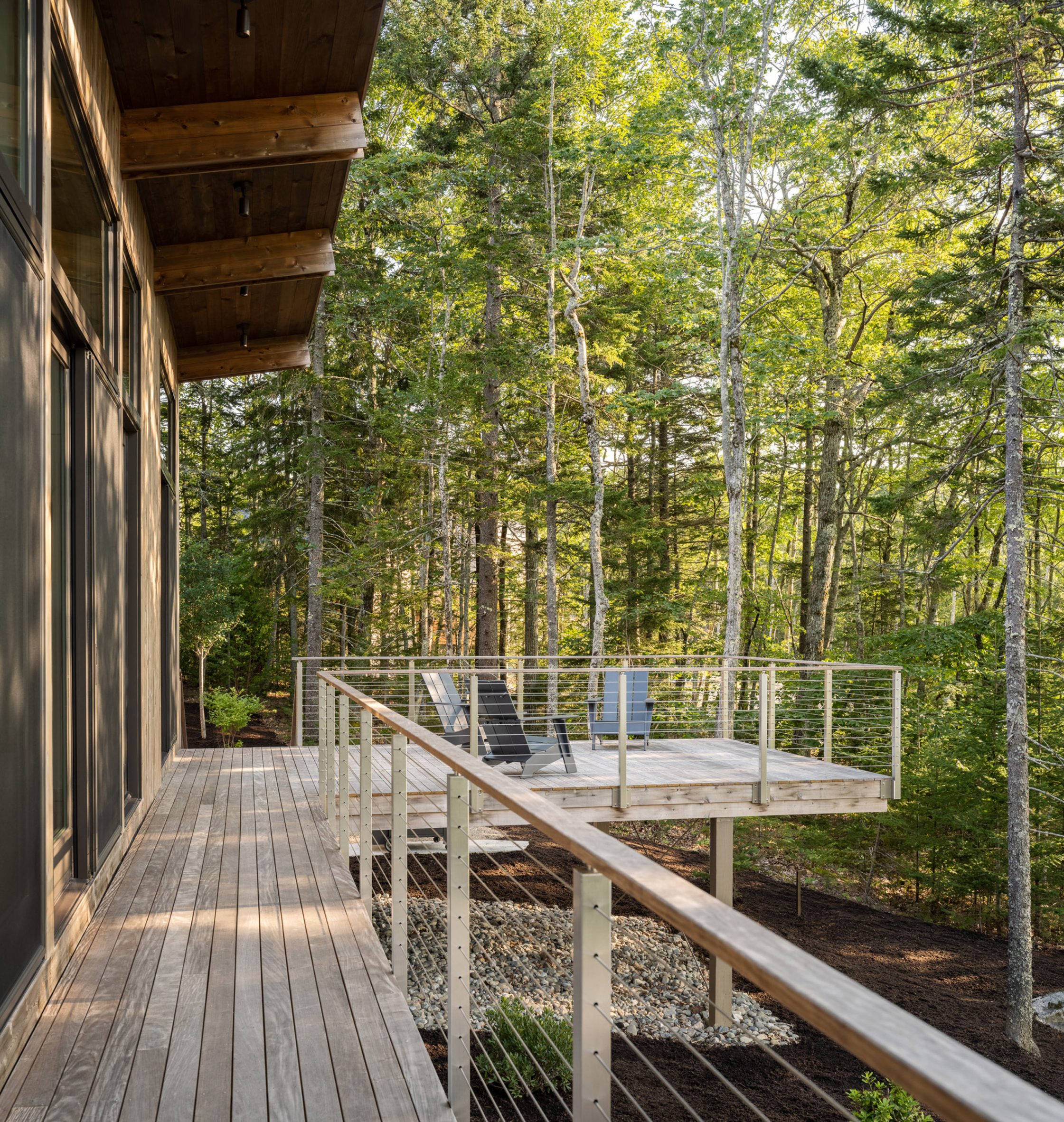
Cedar decking is the ideal material choice for a natural looking deck. While categorized as a softwood, cedar wood offers a robust decking choice that offers a timeless look, feel and a pleasant smell.
While garden trends vary, cedar offers a timeless appearance paired with an unbeatable longevity. Cedar is naturally rot and pest resilient.
When sourced responsibly, cedar can be a carbon neutral building material (Natural Resources Canada, 2022). A carbon neutral building material is one that results in little to no greenhouse emission throughout its procurement.
Cedar is a product that can be chosen with confidence as it lasts long and because of its ecological procurement practices. Unlike pressure treated lumber, cedar is not treated with any artificial chemicals and is considered to be a natural building material.
Cedar is a decking material that has the ability to withstand heavy traffic and can be confidently used in various climates. Where other lumbers begin to show signs of heavy use and weathering the appearance of cedar will remain consistent.
Cedar has the natural ability to adjust to moisture in the air around it, making it less likely to warp or crack especially in cold and fluctuating climates (Natural Resources Canada, 2022).
For stone patios, check out the difference between “Dry Laid vs. Wet Laid” here.
TOP LANDSCAPE DESIGN BOOKS
Engineered Wood & Composite Wood Deck
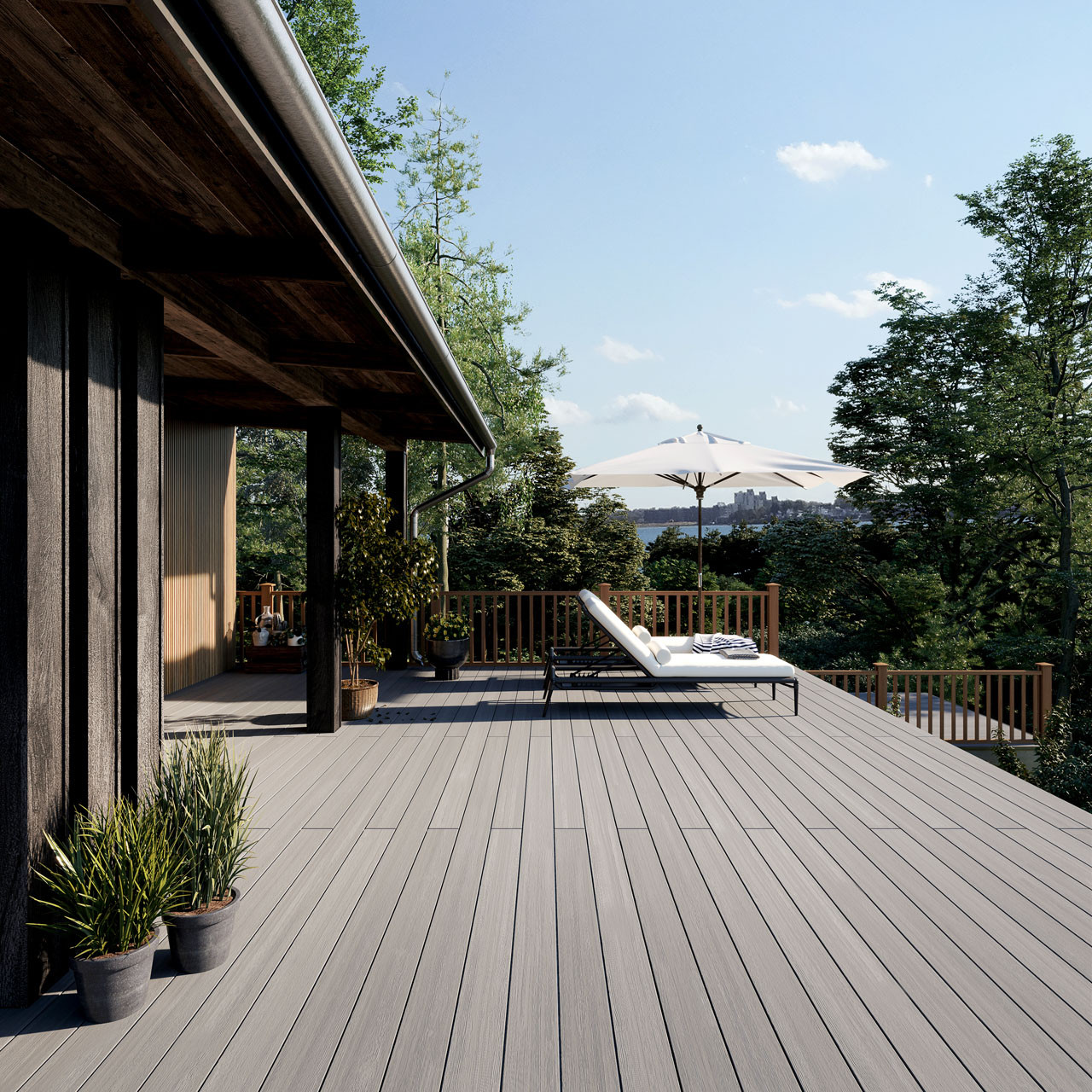
There are various composite and engineered decking options that offer low-maintenance and highly durable surfacing options.
When properly installed and cared for, engineered and composite decking will last longer than any other decking material.
Composite decking consists of a blend of recycled plastic and wood fibers, typically a 50/50 mix of recycled wood and plastics (Timbertech, 2022). A wood grain is clearly seen on all deck boards and it is also available in a wide variety of colors. The blended fibers of composite deck boards keep the material cool to a touch even when exposed to consistent sun. This unique feature makes it an ideal choice for decks that have little to no shade.
Typical wood deck boards get extremely hot when exposed to full sun, creating an uncomfortable space to sit on for long periods of time as well as walk barefoot; composite decking remains a constant temperature to the touch.
The unique material composition of composite deck boards also make the product both fade and stain resilient. Composite deck boards offer a resilient material that ensures the longevity of the deck. Metal chairs or a barbeque being rolled across a deck often have the risk of damaging deck boards. The blended plastic fibers in composite boards create a stronger material that also carries an anti-slip rating.
Composite deck boards are uniquely malleable that allow for easy installation. When fastening composite deck boards product specific fasteners must be used. Using product specific fasteners ensures that no exposed screw heads or mounting bumps will occur. Composite boards will not splinter during fastening, allowing for a quick and seamless installation. The longevity of the product results in a unique maintenance requirement. As composite deck boards have such a long lifespan and rarely have to be replaced, a specifically rated cleaner to prevent mildew growth has to be applied seasonally.
Engineered wood differs from composite decking as it is comprised of 100% plastic.
Plastic is formed into lumber boards creating an extremely uniform product that allows for simple and quick installation. The material is highly durable and can easily withstand areas that are constantly exposed to water. Where other deck boards will deteriorate with constant moisture exposure, engineered wood remains barefoot friendly and heat resilient. Engineered wood uses a UV stabilized coloring, meaning the color is not just surface stained but is consistent through the entire product. Engineered wood comes with a high initial cost but when the long lifespan of the product is considered the material quickly becomes more affordable.
LANDSCAPE DESIGN COURSES
Pressure Treated Wood Deck
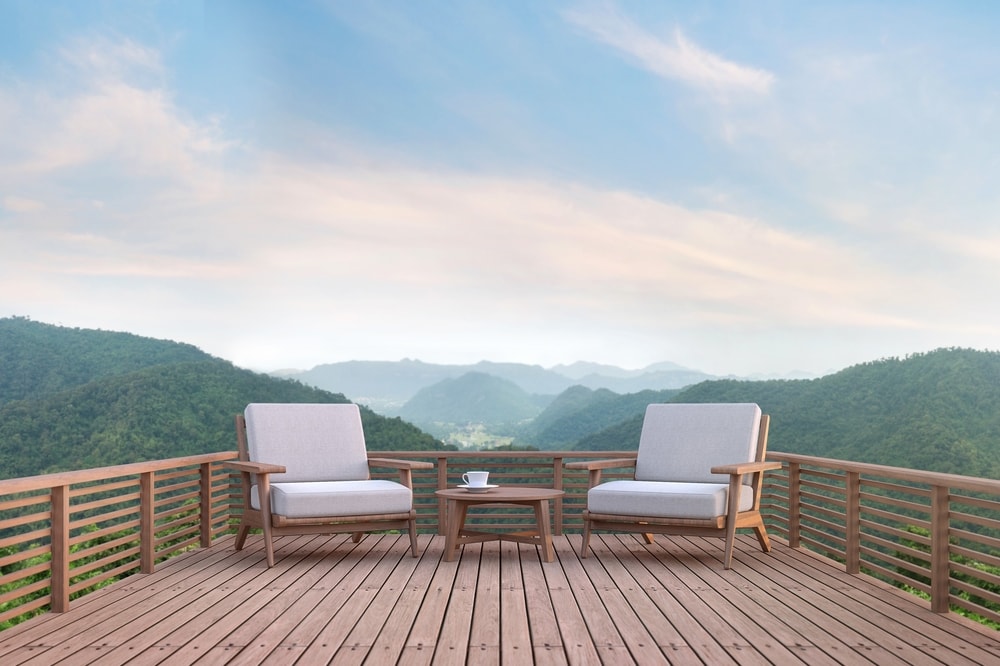
Pressure treated deck boards are the most common and most economic outdoor deck option.
Pressure treated lumber goes through a process that enhances the wood’s natural ability to resist pests, mold, mildew and temperature and humidity changes (Natural Resources Canada, 2022). Pressure treated lumber is readily available at lumber yards and hardware stores. It is most often found in the following sizes; 2”x 4”, 2”x 6” or 5 1/4”x 6”.
As a result of its availability this decking material can easily be utilized for DIY projects. If irreparable damage occurs to the deck boards it is available for easy replacement. This material is easily cut, trimmed and adjusted to fit your deck’s dimensions.
When first installed pressure treated lumber is pale in color and can be stained to match surrounding materials. Having a product that is easily stained allows for customization and ensures that the deck can match existing color schemes used throughout the landscape. When left untreated, pressure treated lumber may turn a green shade but this can be avoided by staining, sealing, burning or staining the lumber.
Pressure treated deck boards do not have the same longevity as other decking options. This results in a lower long-term product value. Over the deck’s lifetime, pressure treated deck boards may require multiple rounds of maintenance and replacements.
When treated and installed correctly pressure treated decking can create a beautiful and robust deck. If the required maintenance of pressure treated lumber is a concern, this material can be paired with a higher quality lumber to reduce the overall maintenance required. A composite or cedar decking can be used for framing and perimeter boards while pressure treated can be used for infill boards.
Conclusion
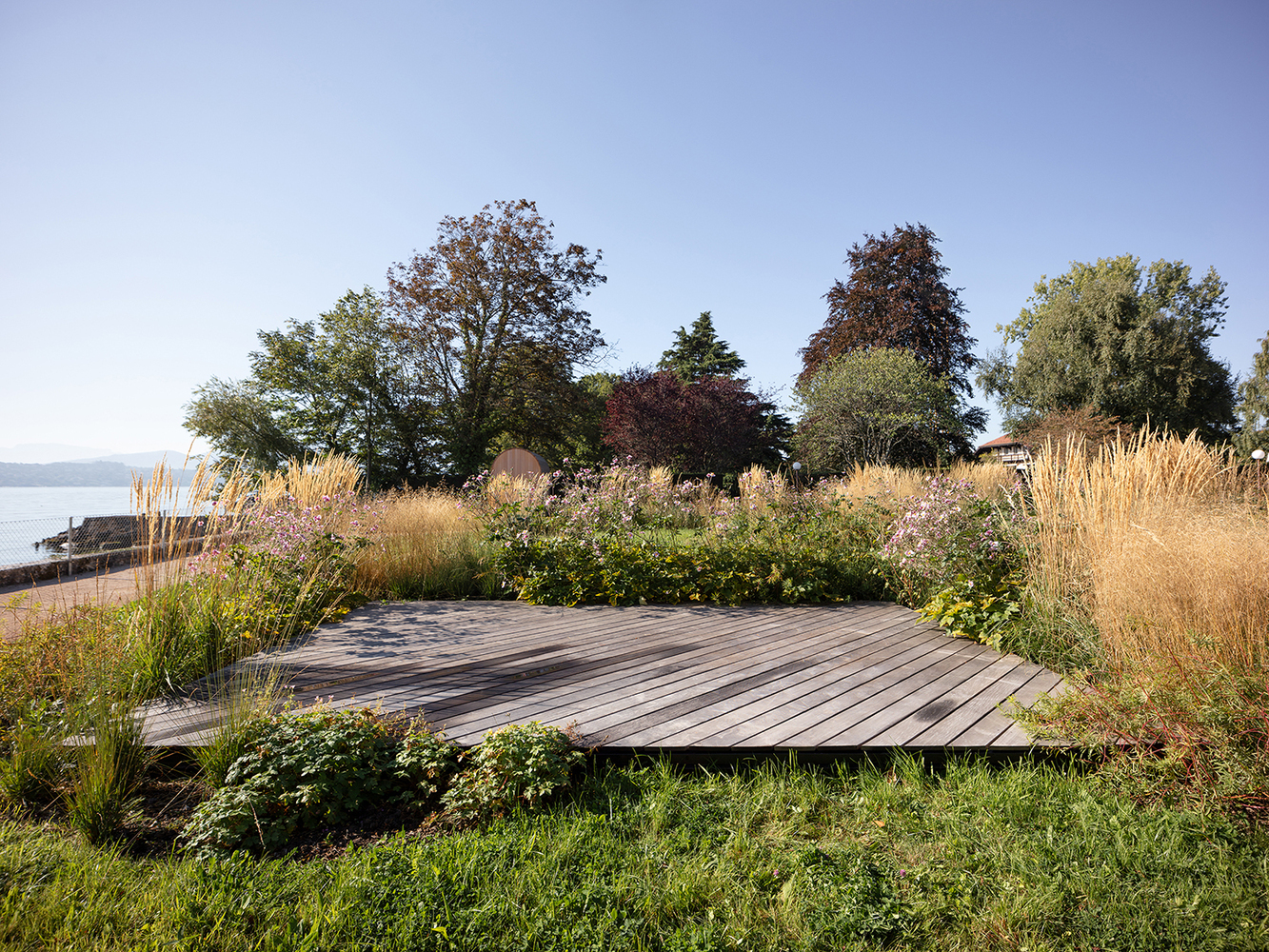
Designers and owners have an abundance of decking options to choose from.
The deck industry continues to introduce new materials each year that are designed to meet specific functions and use cases.
Owners and designers should first identify the possible use cases of these spaces and allow that criteria to dictate material selection.
Decking material can be further customized through color selection and staining in order to be fully integrated into the larger landscape design. It is important to note that there are also additional decking options such as Aluminum, IPE, Redwood, Vinyl and Deck tiles that all come with their own unique design styles and application requirements.

